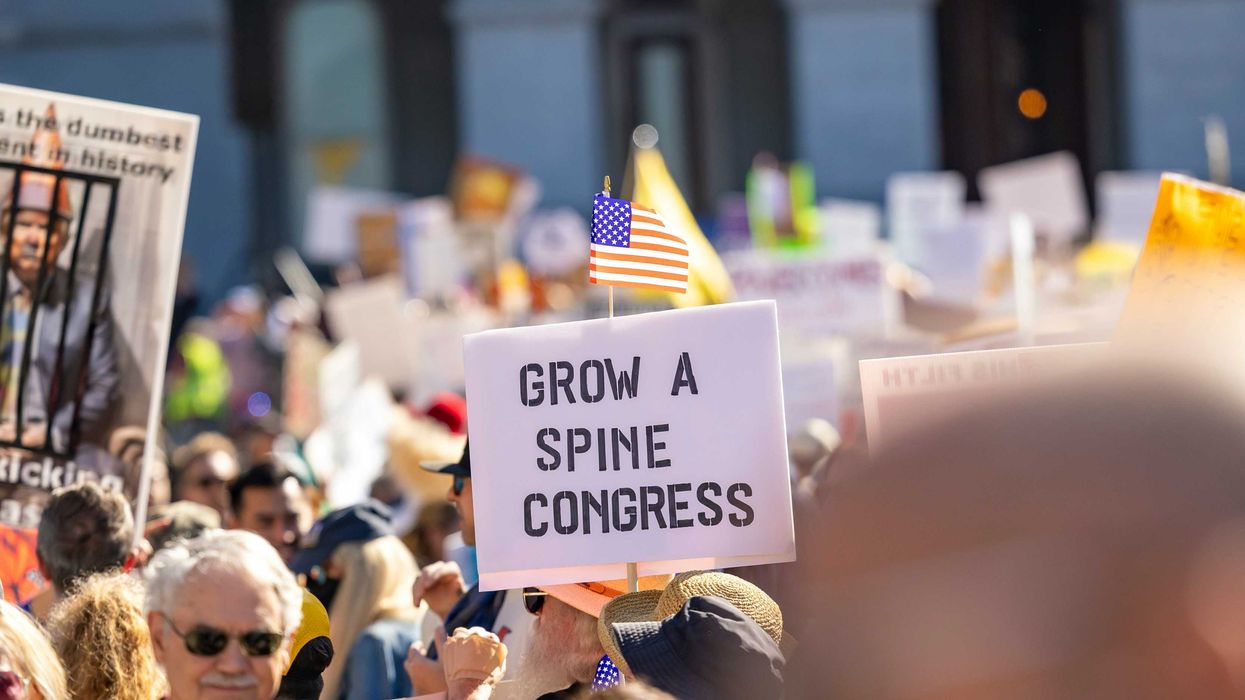Most Thanksgiving tables will be loaded with turkey, stuffing and pumpkin pie. And perhaps some talk about the midterm elections, the next presidential campaign and other hot-button political issues.
You may be hesitant to engage on those topics, in hopes of preserving civility among your family and friends. But rather than keeping quiet, there are ways to join the conversation and still keep things civil. Leaders of the bridging community enthusiastically shared some tips.
James Coan, co-chair of the D.C. Alliance for Braver Angels: “If people want a way to remember to have a conversation, I recommend they keep the mnemonic SVL in mind – pronounced just like ‘civil.’ Tell your stories (S), relate to the other person's values (V), and closely listen (L).” (Based on a Village Square talk.)
Pearce Godwin, founder and CEO, Listen First Project: “Listen with curiosity. Speak from your own experience. Connect with respect. ... See the person across the table, not the position. Assume good intentions and extend grace. Prioritize your relationship over your differences.”
Liz Joyner, founder and president, The Village Square: “We can ask open-hearted questions of the people we share a meal with — especially those who are most deeply different from us. Poet John O'Donohue: ‘I always think that the question is like a lantern. It illuminates new landscapes and new areas as it moves.’ And we can leave the conversation just a touch more wise for the asking.”
Debilyn Molineaux, co-publisher, The Fulcrum: “Commit to the relationship first. Political winds will frequently change but your friends and family remain a constant in our lives.”
Erik Olsen, co-founder and treasurer, Common Ground Committee: “The center of Thanksgiving is gratitude. Be grateful for friends and family who you know are good and caring people, without regard to political or cultural differences. Express your gratitude with love and tolerance.”
Christy Vines, president and CEO, Ideos Institute: “When trying to navigate divisive issues (or people), remember that one of the most powerful weapons in your arsenal is the question ‘Why?’ This tiny word can transform even the thorniest of conversations as it helps you unpack the motivation or story behind someone's opinion or perspective, instantly increasing your empathic intelligence and, perhaps surprisingly, upping your partner's critical thinking on the issue or topic. Pro tip: When executed from a place of real curiosity, this practice also tends to de-escalate emotional or tension-filled conversations.”
Jillian Youngblood, executive director, Civic Genius: "I think it's fine not to have a perfectly peaceful Thanksgiving! I love a raucous Thanksgiving! What you don't want is interactions that put up walls and destroy relationships. Try this: Commit yourself in advance to engaging with the relative who drives you craziest. Sit down ready to draw them out and really understand what they're telling you – even if it's nuts. Engage with good will. Then – and this is the harder part – continue doing that for the next few months. Stay in touch. Build enough trust that they'll hear you out in the same way. Let your defenses down enough that you can offer each other critique without it exploding. Then see what happens next year."




















